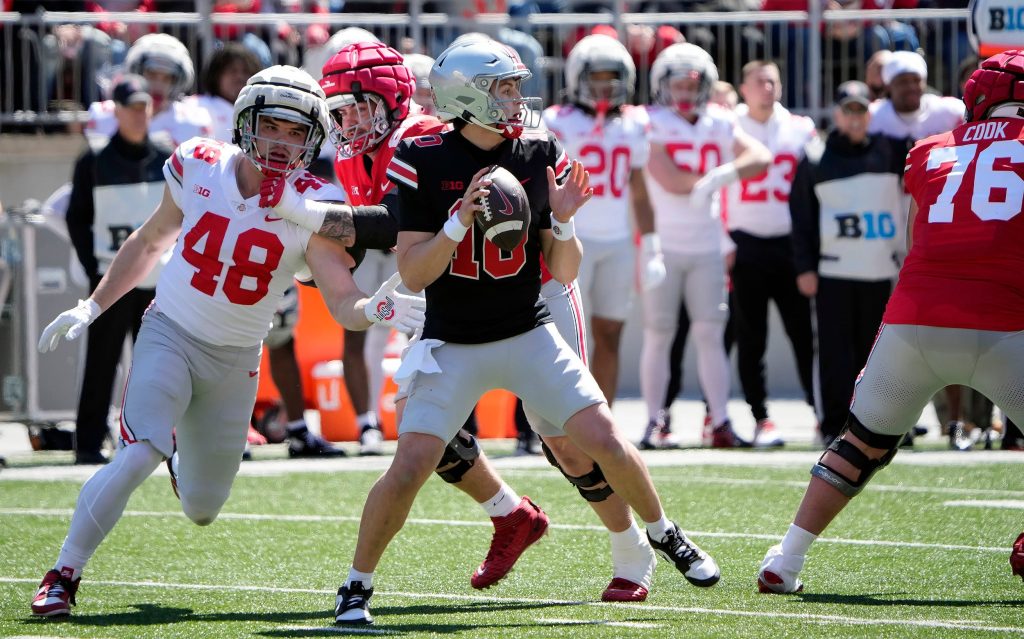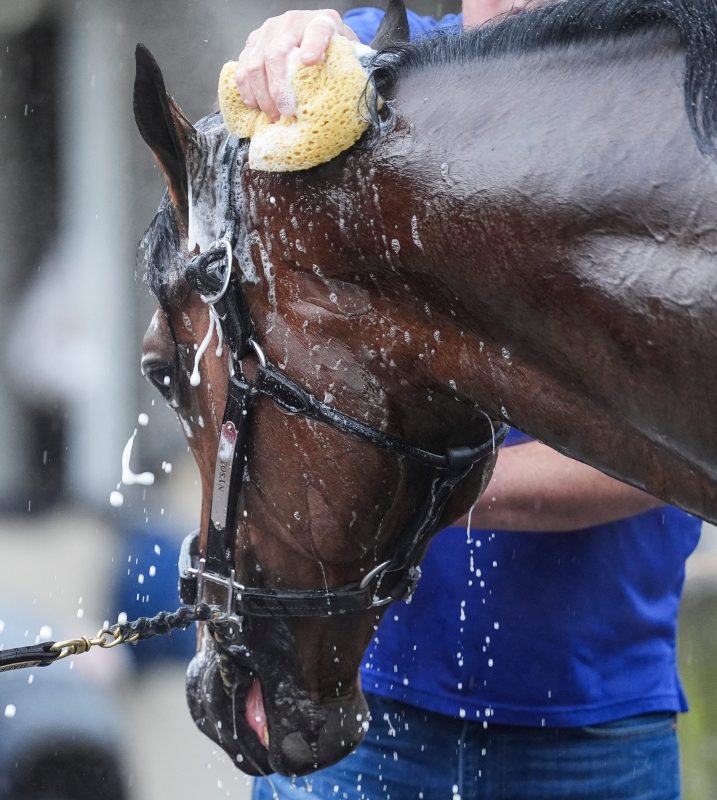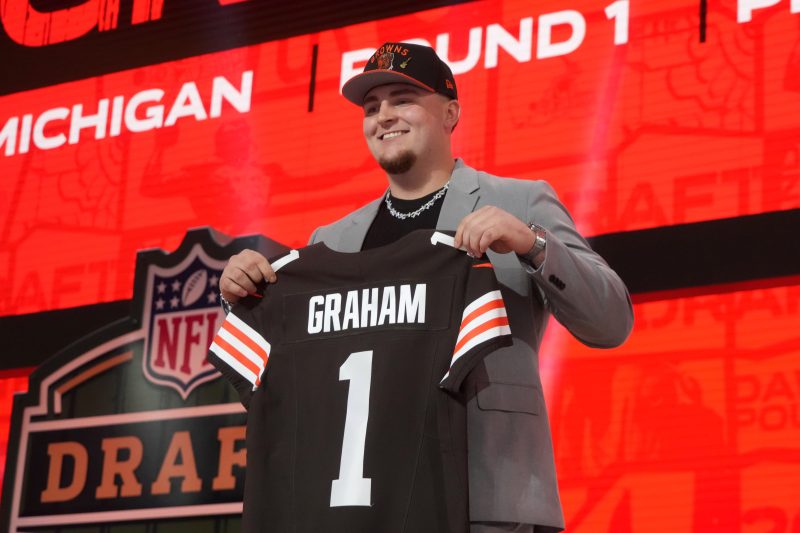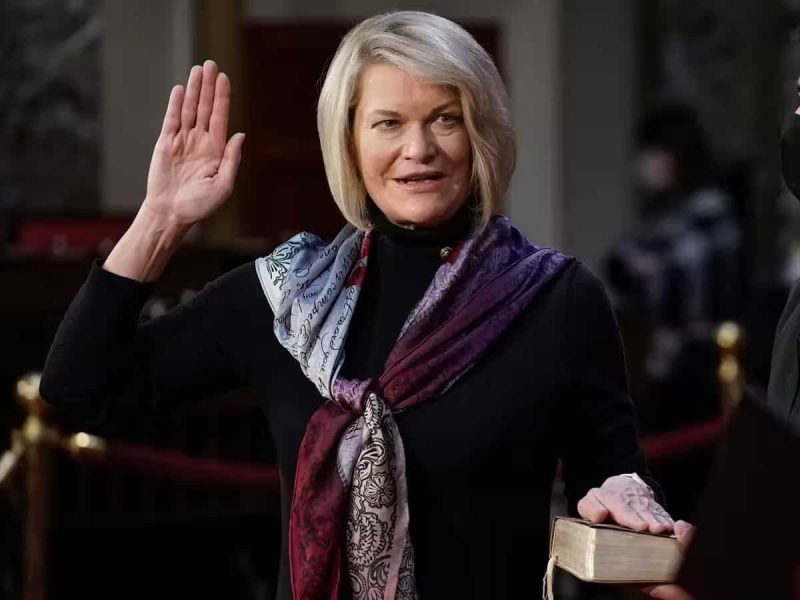To play or not play? College football spring games face uncertain future

While college football adopted offseason workouts not long after Rutgers beat Princeton — Harvard claims to have conducted the first out-of-season practice on March 14, 1889 — the spring game truly flourished this century, as programs began to stage largescale recruiting spectacles around what had evolved into one of the tentpole events on the sport’s annual calendar.
Steadily, the traditional end-of-spring scrimmage began to adopt a far less essential on-field purpose. One contributing factor was the increase in overall interest in these showcases. In response to ESPN and conference-branded networks starting to broadcast dozens of games every spring, many programs opted for an overly narrow glimpse at personnel and the playbook so as not to provide any insight for opponents on that season’s schedule.
That represented a deviation from the spring game’s original intent: to provide a game-like atmosphere as a way to evaluate a larger roster and specific position-by-position competitions.
Now, amid similar concerns stemming from dramatic changes to the NCAA model, spring games are approaching the territory of leather helmets, wishbone offenses and the four-team playoff — former college football hallmarks that have drifted into antiquity.
“What I think is happening with spring games is a consequence of what is happening in college football in general,” said Baylor coach Dave Aranda.
Conventional spring games have gone from a luxury to a liability because of NIL and the transfer portal, which have combined to turn roster management and retention into a free-for-all frenzy. With very little to gain but much to lose by mirroring a realistic game-day environment, many coaches who once embraced the positives of the spring showcase have shifted toward a closed-door approach as a way to combat widespread player movement.
“There’s more potential downside than upside for us,” said SMU coach Rhett Lashlee.
Said Illinois coach Bret Bielema, “I always worry about outside voices. I’m not oblivious to the fact that our guys were probably contacted by college programs that want their services.”
Twenty-five Power Four teams have decided against the traditional spring scrimmage, including nearly half of the Big Ten. Among the programs opting for something more closely resembling a practice-like setting are Nebraska, Florida State, Southern California, Oklahoma, LSU and Texas.
The reasoning is simple: Coaches and programs have become openly wary of having their rosters poached by teams that see potential contributors on tape and, because of NIL enticements and the ease of the portal, have the wherewithal to sway players through unofficial channels.
“The word ‘tampering’ doesn’t exist anymore,” Nebraska coach Matt Rhule said. “It’s just an absolute free, open, common market. I don’t necessarily want to open up to the outside world and have people watch our guys and say, ‘He looks like a pretty good player. Let’s go get him.’
“Honestly, to me, it’s about protecting the roster and protecting through that portal period.”
This weekend is the final weekend where a significant portion of the Power Four schools will wrap up spring practice and look toward offseason preparations.
Texas coach Steve Sarkisian said the Longhorns will conduct NFL-style training sessions in lieu of a normal game. Arizona State is more focused on situational gameplay such as red-zone offense, coach Kenny Dillingham said. Nebraska will hold skills competitions and 7-on-7 games involving current and former players, among other events, and then a scrimmage featuring backup players battling for spots on the Cornhuskers’ roster.
Concerns that holding a spring game could influence roster makeup isn’t reserved for the Power Four. While major-conference teams might worry about the loss of depth and young talent not quite ready for larger roles, those on the Group of Five fear that starting-caliber players could be lured away by programs with much deeper pockets and ample NIL offerings.
“My primary intent is both to protect and retain our current roster and to keep our schemes and strategies unknown from our opponents for as long as possible,” Utah State coach Bronco Mendenhall said in announcing the Aggies will not hold a spring game and will close all spring practices to the public.
Overall, thousands of players have entered the portal since the first transfer window opened in December. The spring window closes on Friday, though players are only required to enter the portal during this period in order to be immediately eligible this season.
Canceling these spring games may have a minimal impact on the overwhelming amount of roster turnover every Bowl Subdivision program has encountered since the portal and NIL legislation went into effect earlier this decade.
“Listen, whether you have a spring game or not, it’s going to be tampering,” Clemson coach Dabo Swinney said.
A largely unregulated landscape has been intensified by the potentially seven-figure payouts handed out to college football’s best players at key positions such as quarterback, to the point where even starters at high-profile programs are evaluating their options in advance of the expected House settlement that will set an annual cap on athletics department spending on NIL.
In the most glaring example, former Tennessee quarterback Nico Iamaleava decided to transfer this month amid a dispute over his NIL contract. But Iamaleava’s departure for UCLA came before the Volunteers’ spring game; there was already plenty of tape establishing the sophomore as one of the most promising young passers in the FBS.
“People are going to tamper with our players whether we like it or not,” Sarkisian said. “That’s fine. Hopefully, we’ve built a culture and they believe in the development of the other guys before them in the program and feel this is the best place for them.”
Yet many programs have stayed the course and closed spring drills with an intrasquad scrimmage, accepting the tradeoff between the clear positives behind conducting a game-like setting — player development and the chance to evaluate the competition for a starring role — and the potential fallout of losing players into the portal.
“We have enough players that will benefit from the work that we think that offsets any of the other implications,” Utah coach Kyle Whittingham said. “You can’t be scared to do everything. We have to get guys better. That’s our number one objective.”
Even as these holdouts cling to tradition, the concept of a realistic, game-like scrimmage to close spring practices seems destined to be replaced by either modified jamborees or, as with the Longhorns, types of offseason training sessions designed to maximize development away from prying eyes.
One option raised this spring by Colorado coach Deion Sanders was a controlled scrimmage between two teams, which would mirror the NFL model. While Sanders’ call for an opponent was answered by Syracuse coach Fran Brown, the waiver was denied by the FBS oversight committee.
“Under current NCAA Bylaws, teams cannot play another school in the spring,” an NCAA spokesperson told USA TODAY Sports.
With no ready solution for balancing the need for development with the chance of largescale player movement, traditional spring games face an increasingly high likelihood of being erased from the college football schedule.
“To each his own,” said Florida coach Billy Napier. “I’m either going to have coaches tampering with my players, or I’m going to have a fanbase that’s pissed off at not having a spring game. It’s pick your poison.”






